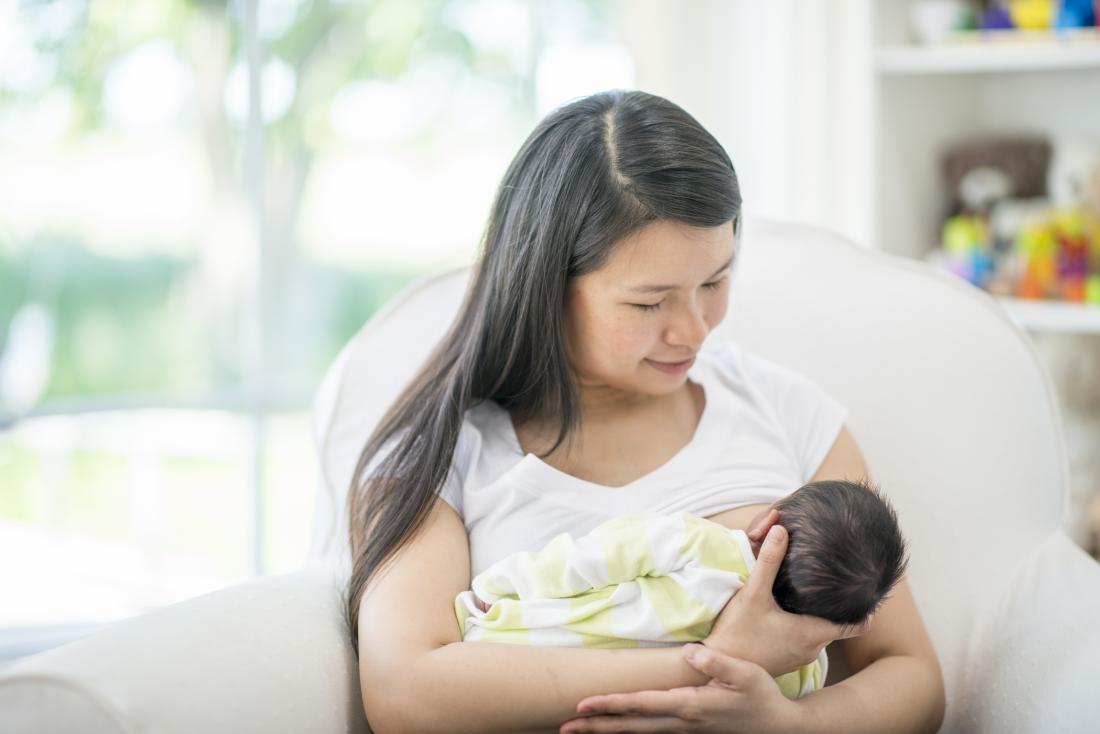HPV and breastfeeding: What to know

Human papillomavirus or HPV is a sexually transmitted infection or STI with links to some types of cancer, including cervical and throat cancer. Breastfeeding women may worry about spreading the virus to babies through breast milk.
But, for most women with HPV, breastfeeding is safe, and the benefits outweigh any potential risks.
In this article, learn more about the safety and risks, as well as how HPV is transmitted.
Can you breastfeed if you have HPV?
Human papillomavirus or HPV is so common that almost all sexually active people contract the virus at some point.
It does not usually cause severe symptoms in an infected person. However, some strains of HPV are risk factors for several types of cancer.
Research suggests that HPV is responsible for:
- 90 percent of cervical and anal cancers
- 70 percent of cancers of the vagina and vulva
- 60 percent plus of penile cancers
Despite these risks, few organizations have issued official guidelines about breastfeeding with HPV, possibly because HPV is very common, and the benefits of breastfeeding outweigh any potential risks. No organization recommends avoiding breastfeeding because of HPV.
The American Academy of Pediatrics (AAP) urge mothers to breastfeed unless they have HIV or must use particular drugs and medications. The AAP also emphasize that breastfeeding offers numerous health benefits, especially to vulnerable or sick infants and preterm babies. Additionally, it can save money and support long-term health in the breastfeeding woman.
The U.S. Department of Health and Human Services' Office on Women's Health say that HPV is not a reason to avoid breastfeeding.
A 2016 study found that 45 percent of pregnant women had HPV. Abstaining from breastfeeding because of HPV would significantly reduce the overall breastfeeding rate. Breastfeeding is the healthiest option for a baby and can support long-term public health.
The benefits of breastfeeding include:
- lower rates of certain chronic diseases, including diabetes and obesity, in both the woman and baby
- fewer infections in the baby
- lower risk of some types of cancer
- improved development in the baby
- lower risk of heart disease and high cholesterol
According to the AAP, breast milk is the ideal source of nutrition for infants. The organization recommend exclusive breastfeeding with no other sources of nutrition for about 6 months. After that, babies should continue breastfeeding until they are at least 12 months old if desired.
Transmission
There is limited research on the transmission of HPV to babies through breast milk. The studies that do exist show a low risk of transmission.
Even when research shows that a woman can transmit HPV through breast milk, it has not demonstrated a causal connection between HPV in milk and the later development of cancer.
Not all strains of HPV increase the risk of cancer, so research on HPV transmission in breast milk typically looks at "high-risk" HPV strains, or those known to cause cancer.
A 2011 study looked at HPV in breast milk, as well as transmission from HPV-positive women to their children. Researchers assessed 80 samples of breast milk and tested the children for HPV genetic material in the cervix and mouth.
A high-risk HPV strain was present in two samples (2.5 percent) of milk, but researchers did not find HPV in the children exposed to this milk.
This result suggests that a small number of women with HPV may transmit the virus into their milk, but that the risk of a baby getting HPV from breast milk is extremely low.
A 2012 study reached similar conclusions after analyzing 40 samples of breast milk. It found high-risk HPV in six samples but concluded that it was unlikely that cancer was associated with its transmission.
Treatment and prevention
There is no cure for HPV, but treatment is available if the virus causes any symptoms. Most people with HPV have no signs, and it usually goes away on its own. If HPV causes genital warts, a doctor can prescribe treatment.
While safe sex practices can reduce the spread of the virus, they are not a fail-safe method of prevention. The best option for preventing HPV is having a vaccination against the virus.
The American College of Obstetricians and Gynecologists (ACOG) recommend giving the vaccine to breastfeeding women 26 years old and younger when they have not previously received a vaccination.
The latent virus used in the HPV vaccine will not cause HPV to develop in breast milk and will not spread HPV to a breastfeeding baby.
Parents and caregivers should also consider vaccinating their children — both boys and girls — against HPV. The Centers for Disease Control and Prevention (CDC) recommend vaccinating children between the ages of 11 and 12 years old.
Summary
Women who are concerned about the risk of HPV in breast milk should talk to a doctor who knows their medical history.
For most infants, breastfeeding offers health benefits that outweigh the possible risks associated with exposure to HPV in breast milk.
SOURCE: MEDICAL NEWS TODAY
Comments
Post a Comment